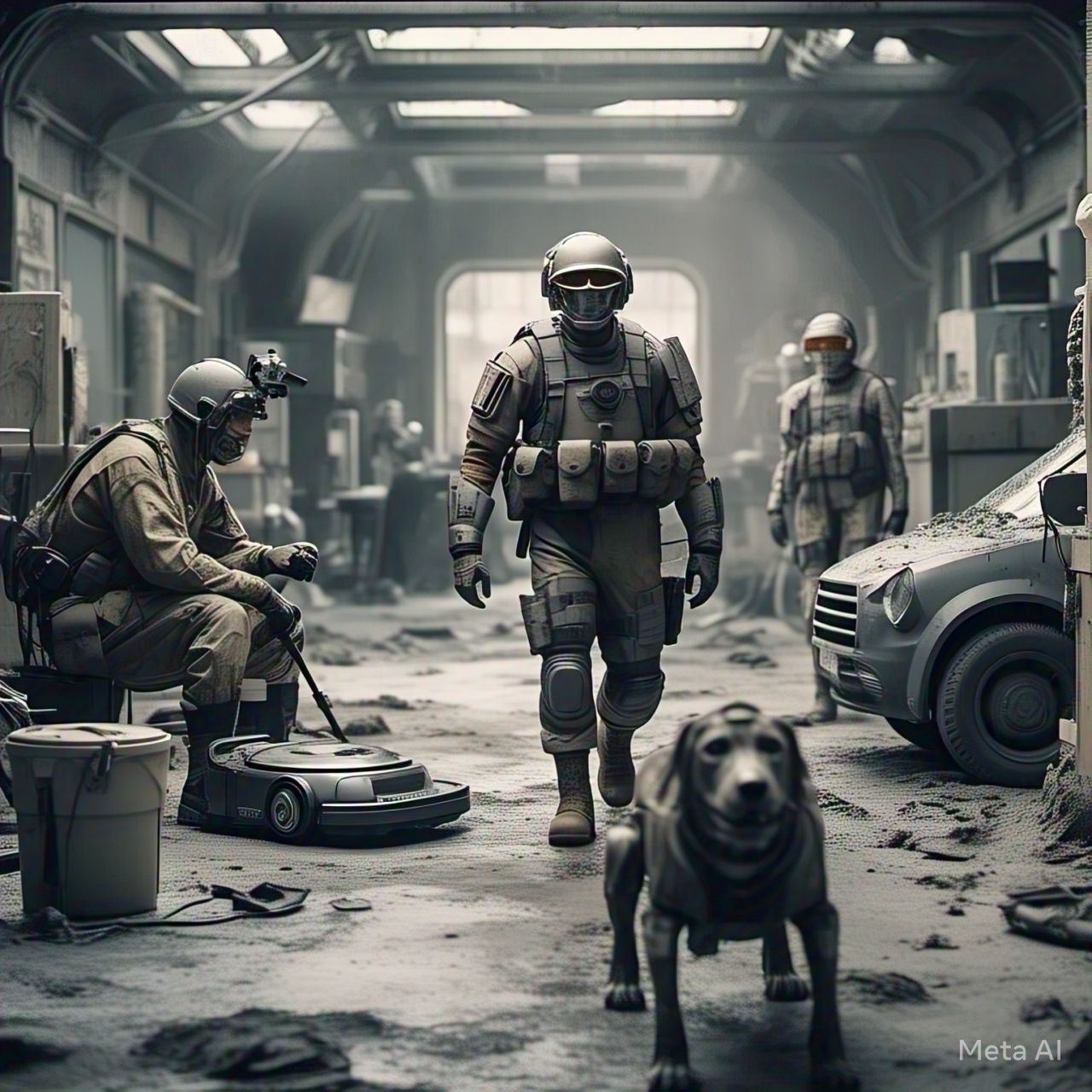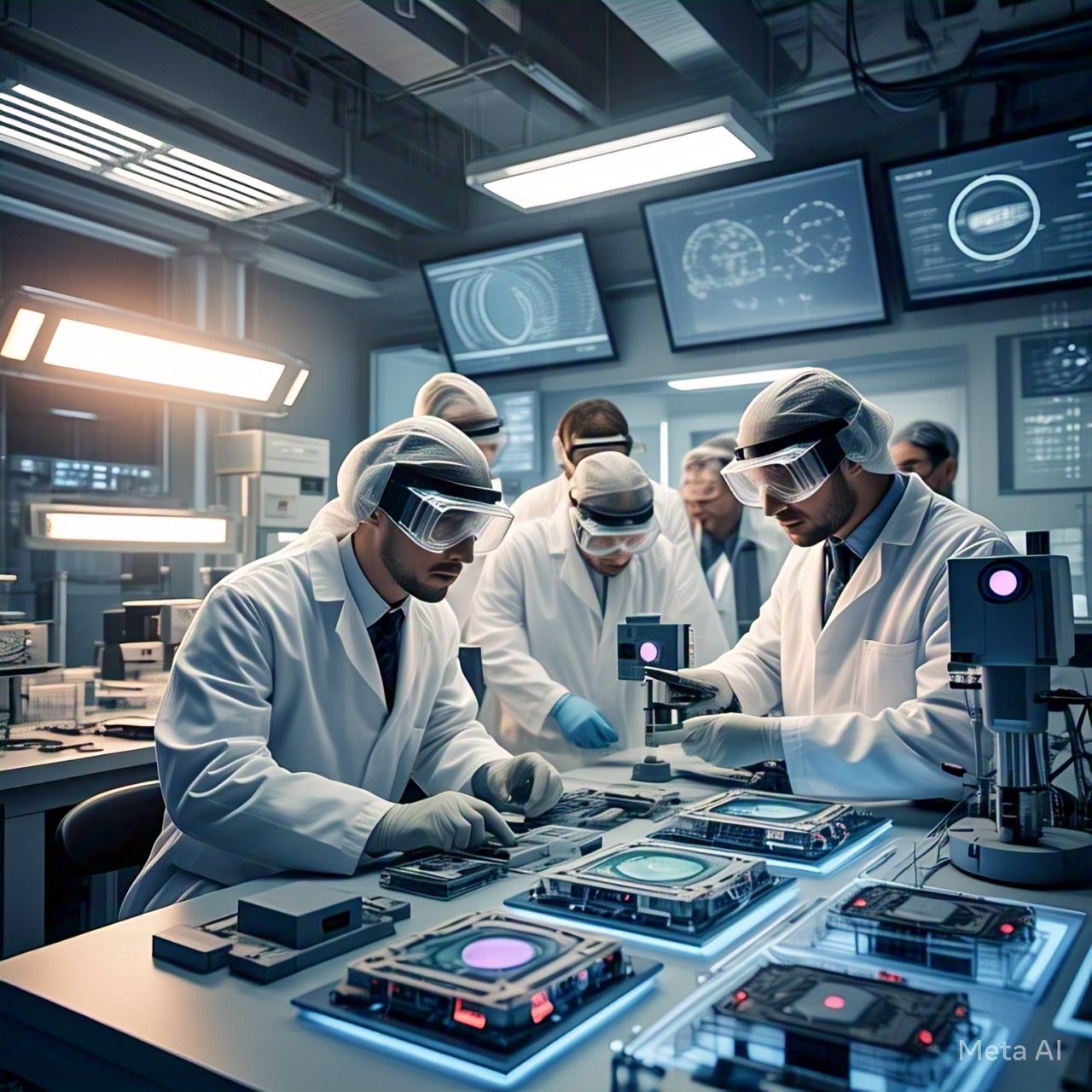Table of Contents
- Introduction
- Understanding AI and Cybersecurity
- How Hackers Target AI Systems
- The Risks of AI-Powered Robots Being Hacked
- Examples of AI and Cybersecurity Breaches
- AI in Military and Security: A Double-Edged Sword?
- Can AI Itself Be Used for Cyber Attacks?
- The Role of Governments and Organizations in AI Cybersecurity
- Ethical Considerations of AI in Cybersecurity
- Protecting AI from Cyber Threats: Best Practices
- Future of AI and Cybersecurity: What Lies Ahead?
- Conclusion
- FAQs
Introduction
Artificial Intelligence (AI) is revolutionizing industries, from healthcare to military applications. However, with its growing presence, concerns over cybersecurity threats have escalated. If AI-powered robots or systems were hacked, could they be turned into deadly weapons? This article explores the potential risks, real-world cases, and ways to safeguard AI against cyber threats.
Understanding AI and Cybersecurity
What Is AI in Cybersecurity?
AI systems operate by processing vast amounts of data, learning from patterns, and making autonomous decisions. When integrated into critical infrastructures, such as healthcare, banking, and defense, cybersecurity becomes essential to prevent cybercriminals from exploiting vulnerabilities.
Key Elements of AI Cybersecurity
- Machine Learning (ML) Security – Protecting AI algorithms from tampering.
- Encryption & Data Protection – Ensuring AI data remains confidential.
- Intrusion Detection Systems (IDS) – AI-powered systems detecting cyber threats in real time.
- AI-driven Malware Detection – Using AI to detect and counteract malware attacks.
Despite these security measures, AI remains susceptible to cyberattacks that could transform otherwise beneficial technology into a weapon.
How Hackers Target AI Systems
Hackers exploit AI vulnerabilities through various means, including:
- Data Poisoning – Manipulating AI training data to alter decision-making.
- Model Inversion Attacks – Extracting sensitive information from AI models.
- Adversarial Attacks – Feeding misleading inputs to AI systems to alter their behavior.
- Phishing and Social Engineering – Trick AI assistants into revealing sensitive information.
- Backdoor Exploits – Embedding malicious code in AI models to gain remote access.
The Risks of AI-Powered Robots Being Hacked
If AI-powered robots, particularly those used in defense, healthcare, or autonomous transportation, are hacked, the consequences could be catastrophic. Potential risks include:
- Weaponization of AI – Military drones, autonomous tanks, or security robots being controlled by hostile entities.
- AI-Controlled Vehicles Hacked – Self-driving cars causing deliberate accidents.
- Robotic Surgery Manipulation – Cyberattacks targeting AI-driven medical robots.
- Industrial Sabotage – AI-powered factory robots disrupting production lines or causing accidents.
Table: Potential Consequences of Hacked AI Systems
| AI System | Potential Cybersecurity Risk |
|---|---|
| Self-Driving Cars | Hackers causing crashes or rerouting vehicles |
| AI in Finance | Manipulated stock trades leading to financial crises |
| AI Healthcare Systems | Altering diagnoses, causing misprescribed treatments |
| Military Drones | Unauthorized strikes leading to conflicts |
| Smart Homes | AI hijacked to spy or control home automation |
Examples of AI and Cybersecurity Breaches
Several real-world cases highlight how AI has already been exploited:
1. Tesla’s Autopilot Vulnerabilities
- Hackers demonstrated how AI-powered Tesla vehicles could be manipulated remotely, posing risks of collisions or theft.
2. Deepfake AI for Cyber Fraud
- Criminals used AI-generated voice deepfakes to impersonate CEOs, leading to financial fraud worth millions of dollars.
3. AI-Powered Ransomware
- AI-enhanced malware that learns and evolves to bypass security measures, making cyberattacks more sophisticated.
AI in Military and Security: A Double-Edged Sword?
AI plays a crucial role in modern military defense systems, but its hacking potential presents serious risks:
- Autonomous weapons systems can be hijacked and turned against their operators.
- AI-driven cybersecurity defense can also be exploited by hackers.
- Surveillance AI systems can be manipulated to alter or erase evidence.
The Pentagon and other military organizations worldwide are investing heavily in securing AI systems to prevent such risks.
Can AI Itself Be Used for Cyber Attacks?
AI is not only a potential target but also a tool for cybercriminals:
- AI-Powered Hacking Tools – Cybercriminals use AI to automate hacking attempts.
- Deepfake Phishing – AI-generated fake voices and images deceive individuals into giving up sensitive data.
- Automated Cyber Attacks – AI-enhanced bots carry out relentless cyber attacks at an unprecedented scale.
The Role of Governments and Organizations in AI Cybersecurity
Governments and tech organizations are developing policies to mitigate AI cyber risks:
- Global AI Cybersecurity Frameworks – Efforts to establish international regulations for AI security.
- Ethical AI Development – Ensuring responsible AI use in sensitive industries.
- Stronger AI Cyber Defense Systems – AI-powered cybersecurity tools to detect threats in real-time.
Ethical Considerations of AI in Cybersecurity
While AI enhances cybersecurity, it also raises ethical dilemmas:
- Should AI have autonomous decision-making powers in security?
- What happens when AI makes mistakes in identifying threats?
- Can AI-driven cybersecurity be misused for surveillance and privacy invasion?
Addressing these questions is crucial as AI becomes more integrated into cybersecurity and defense systems.
Protecting AI from Cyber Threats: Best Practices
To prevent AI from being hacked or misused, experts recommend:
- Regular AI System Audits – Continuous monitoring for vulnerabilities.
- Strong Encryption Protocols – Ensuring data privacy and security.
- AI Explainability and Transparency – Understanding how AI makes decisions.
- Human-in-the-Loop Systems – Ensuring human oversight over AI decisions.
- AI Cybersecurity Training – Educating professionals on AI risks and security measures.
Future of AI and Cybersecurity: What Lies Ahead?
As AI technology advances, so will cyber threats. Future trends in AI cybersecurity include:
- AI vs. AI Cyber Warfare – AI systems battling each other in cyber defense.
- Quantum AI Security – Using quantum computing for unbreakable encryption.
- Stronger AI Regulations – Governments enforcing stricter AI cybersecurity policies.
While AI presents enormous benefits, it must be secured to prevent it from becoming a tool for cybercriminals and hostile entities.
Conclusion
The intersection of AI and cybersecurity poses one of the most critical technological challenges of the modern era. Hacked AI-powered robots or systems could become deadly weapons, but with proactive security measures, ethical AI development, and strong regulations, these risks can be minimized.
Organizations, governments, and AI researchers must work together to build a secure, trustworthy AI ecosystem—one that protects rather than endangers humanity.
FAQs
1. Can AI be hacked?
Yes, AI can be exploited through data manipulation, adversarial attacks, and backdoor exploits.
2. How dangerous can hacked AI be?
If AI systems in defense, healthcare, or finance are compromised, the consequences can be severe, including financial losses, safety risks, and national security threats.
3. Can AI help improve cybersecurity?
Yes, AI is used for threat detection, real-time monitoring, and automated security defenses.
4. How can AI be protected from hackers?
AI security can be enhanced through encryption, transparency, continuous monitoring, and human oversight.
5. Will future AI systems be fully secure?
Cyber threats evolve with technology. AI security must continuously adapt to counter new hacking techniques.





